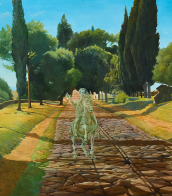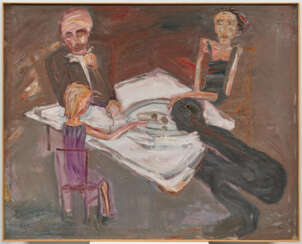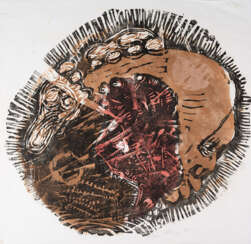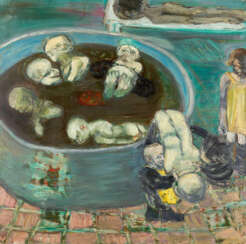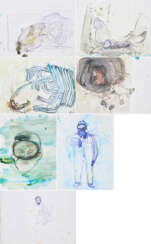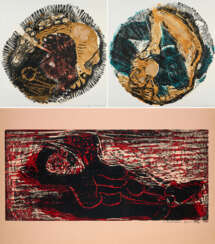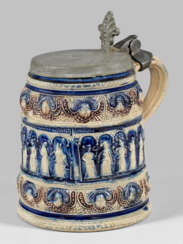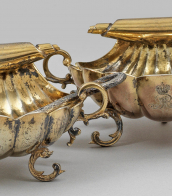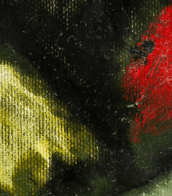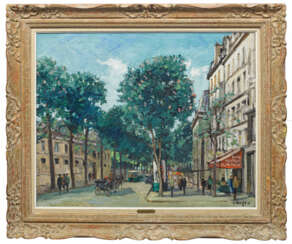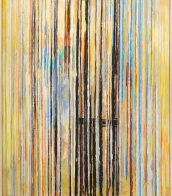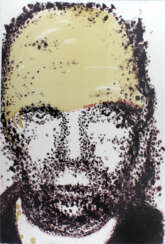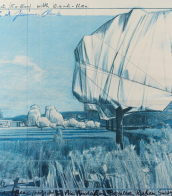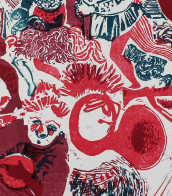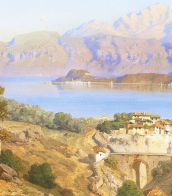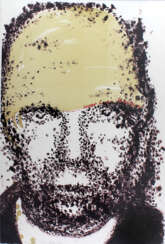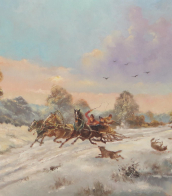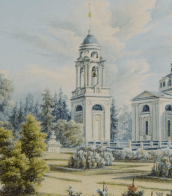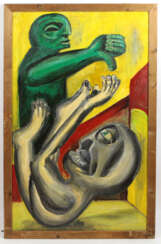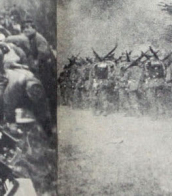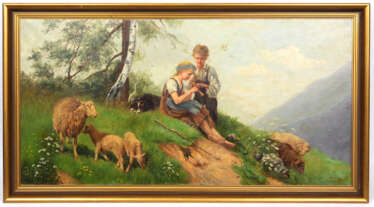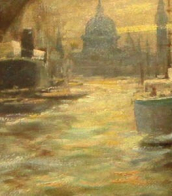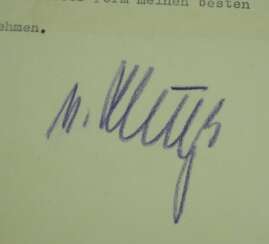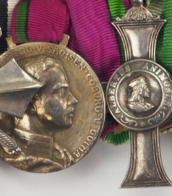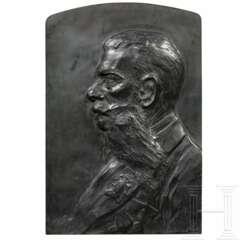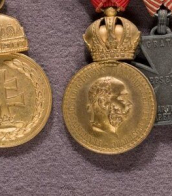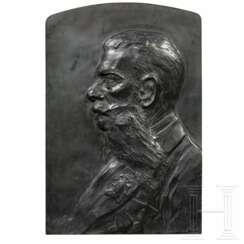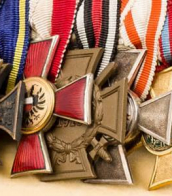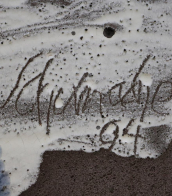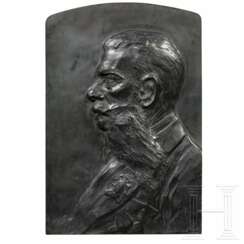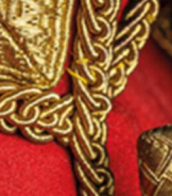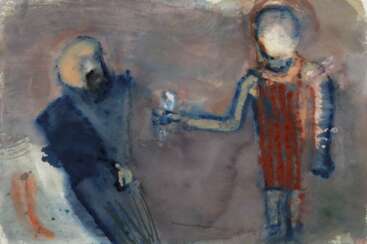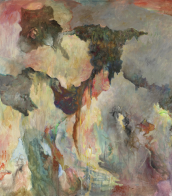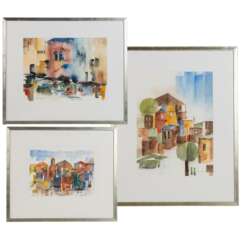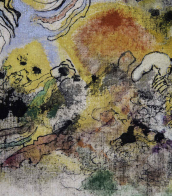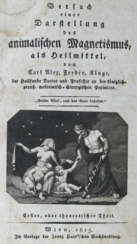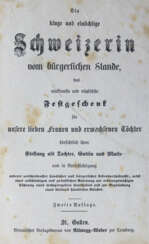kluger
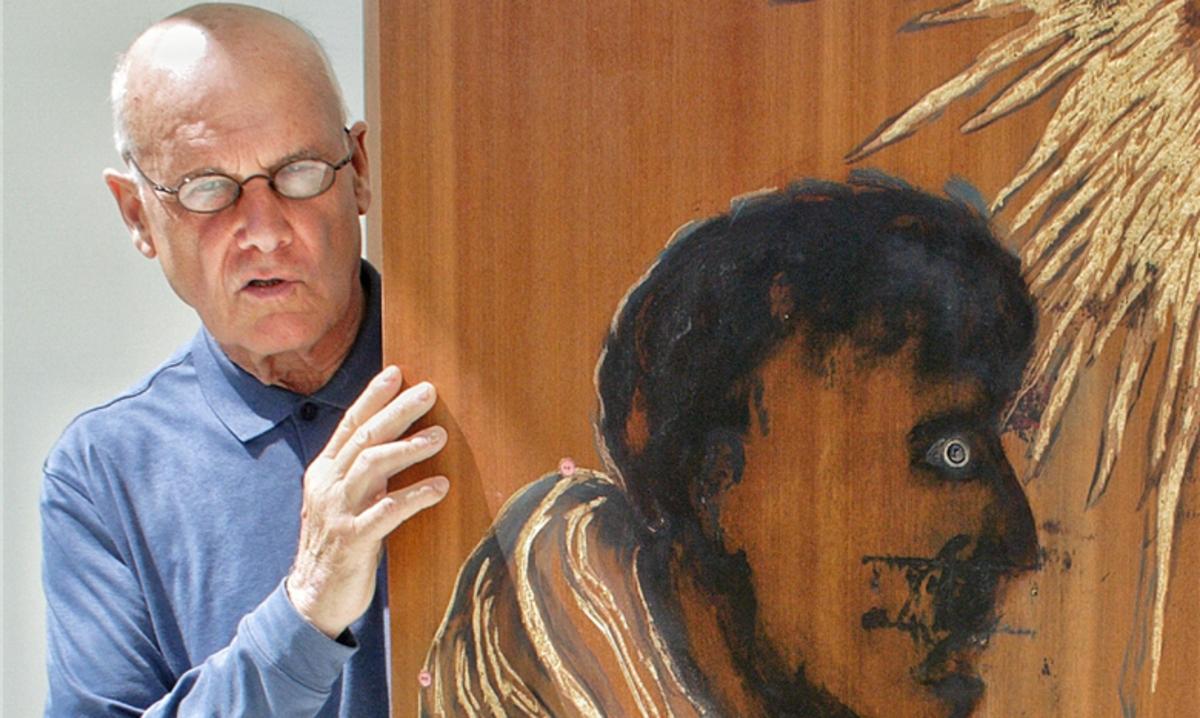
Gustav Kluge was a German painter and graphic artist and professor of painting.
Kluge studied painting at the Hamburg University of Fine Arts and later taught painting at the State Academy of Fine Arts in Karlsruhe. The artist works and lives in Hamburg and Karlsruhe.
In his works, Kluge deals with fundamental themes: life and death, power and violence. In addition to original inventions, he takes into account various suggestions of historical, cultural and religious traditions. His paintings and drawings, especially his woodcuts, are prime examples of Neo-Expressionism. Using rich material, layered colorful applications, Kluge paints his paintings, as he himself puts it, "on top of each other."
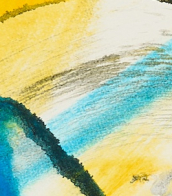

Gustav Kluge was a German painter and graphic artist and professor of painting.
Kluge studied painting at the Hamburg University of Fine Arts and later taught painting at the State Academy of Fine Arts in Karlsruhe. The artist works and lives in Hamburg and Karlsruhe.
In his works, Kluge deals with fundamental themes: life and death, power and violence. In addition to original inventions, he takes into account various suggestions of historical, cultural and religious traditions. His paintings and drawings, especially his woodcuts, are prime examples of Neo-Expressionism. Using rich material, layered colorful applications, Kluge paints his paintings, as he himself puts it, "on top of each other."


Gustav Kluge was a German painter and graphic artist and professor of painting.
Kluge studied painting at the Hamburg University of Fine Arts and later taught painting at the State Academy of Fine Arts in Karlsruhe. The artist works and lives in Hamburg and Karlsruhe.
In his works, Kluge deals with fundamental themes: life and death, power and violence. In addition to original inventions, he takes into account various suggestions of historical, cultural and religious traditions. His paintings and drawings, especially his woodcuts, are prime examples of Neo-Expressionism. Using rich material, layered colorful applications, Kluge paints his paintings, as he himself puts it, "on top of each other."
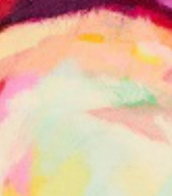

Gustav Kluge was a German painter and graphic artist and professor of painting.
Kluge studied painting at the Hamburg University of Fine Arts and later taught painting at the State Academy of Fine Arts in Karlsruhe. The artist works and lives in Hamburg and Karlsruhe.
In his works, Kluge deals with fundamental themes: life and death, power and violence. In addition to original inventions, he takes into account various suggestions of historical, cultural and religious traditions. His paintings and drawings, especially his woodcuts, are prime examples of Neo-Expressionism. Using rich material, layered colorful applications, Kluge paints his paintings, as he himself puts it, "on top of each other."

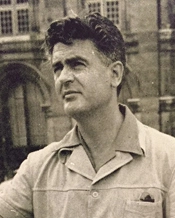
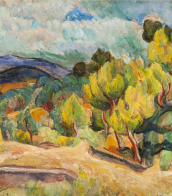

Gustav Kluge was a German painter and graphic artist and professor of painting.
Kluge studied painting at the Hamburg University of Fine Arts and later taught painting at the State Academy of Fine Arts in Karlsruhe. The artist works and lives in Hamburg and Karlsruhe.
In his works, Kluge deals with fundamental themes: life and death, power and violence. In addition to original inventions, he takes into account various suggestions of historical, cultural and religious traditions. His paintings and drawings, especially his woodcuts, are prime examples of Neo-Expressionism. Using rich material, layered colorful applications, Kluge paints his paintings, as he himself puts it, "on top of each other."
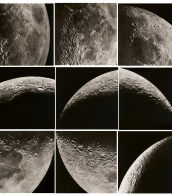

Gustav Kluge was a German painter and graphic artist and professor of painting.
Kluge studied painting at the Hamburg University of Fine Arts and later taught painting at the State Academy of Fine Arts in Karlsruhe. The artist works and lives in Hamburg and Karlsruhe.
In his works, Kluge deals with fundamental themes: life and death, power and violence. In addition to original inventions, he takes into account various suggestions of historical, cultural and religious traditions. His paintings and drawings, especially his woodcuts, are prime examples of Neo-Expressionism. Using rich material, layered colorful applications, Kluge paints his paintings, as he himself puts it, "on top of each other."


Gustav Kluge was a German painter and graphic artist and professor of painting.
Kluge studied painting at the Hamburg University of Fine Arts and later taught painting at the State Academy of Fine Arts in Karlsruhe. The artist works and lives in Hamburg and Karlsruhe.
In his works, Kluge deals with fundamental themes: life and death, power and violence. In addition to original inventions, he takes into account various suggestions of historical, cultural and religious traditions. His paintings and drawings, especially his woodcuts, are prime examples of Neo-Expressionism. Using rich material, layered colorful applications, Kluge paints his paintings, as he himself puts it, "on top of each other."
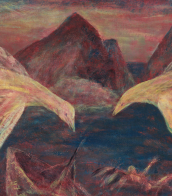

Gustav Kluge was a German painter and graphic artist and professor of painting.
Kluge studied painting at the Hamburg University of Fine Arts and later taught painting at the State Academy of Fine Arts in Karlsruhe. The artist works and lives in Hamburg and Karlsruhe.
In his works, Kluge deals with fundamental themes: life and death, power and violence. In addition to original inventions, he takes into account various suggestions of historical, cultural and religious traditions. His paintings and drawings, especially his woodcuts, are prime examples of Neo-Expressionism. Using rich material, layered colorful applications, Kluge paints his paintings, as he himself puts it, "on top of each other."


Gustav Kluge was a German painter and graphic artist and professor of painting.
Kluge studied painting at the Hamburg University of Fine Arts and later taught painting at the State Academy of Fine Arts in Karlsruhe. The artist works and lives in Hamburg and Karlsruhe.
In his works, Kluge deals with fundamental themes: life and death, power and violence. In addition to original inventions, he takes into account various suggestions of historical, cultural and religious traditions. His paintings and drawings, especially his woodcuts, are prime examples of Neo-Expressionism. Using rich material, layered colorful applications, Kluge paints his paintings, as he himself puts it, "on top of each other."
